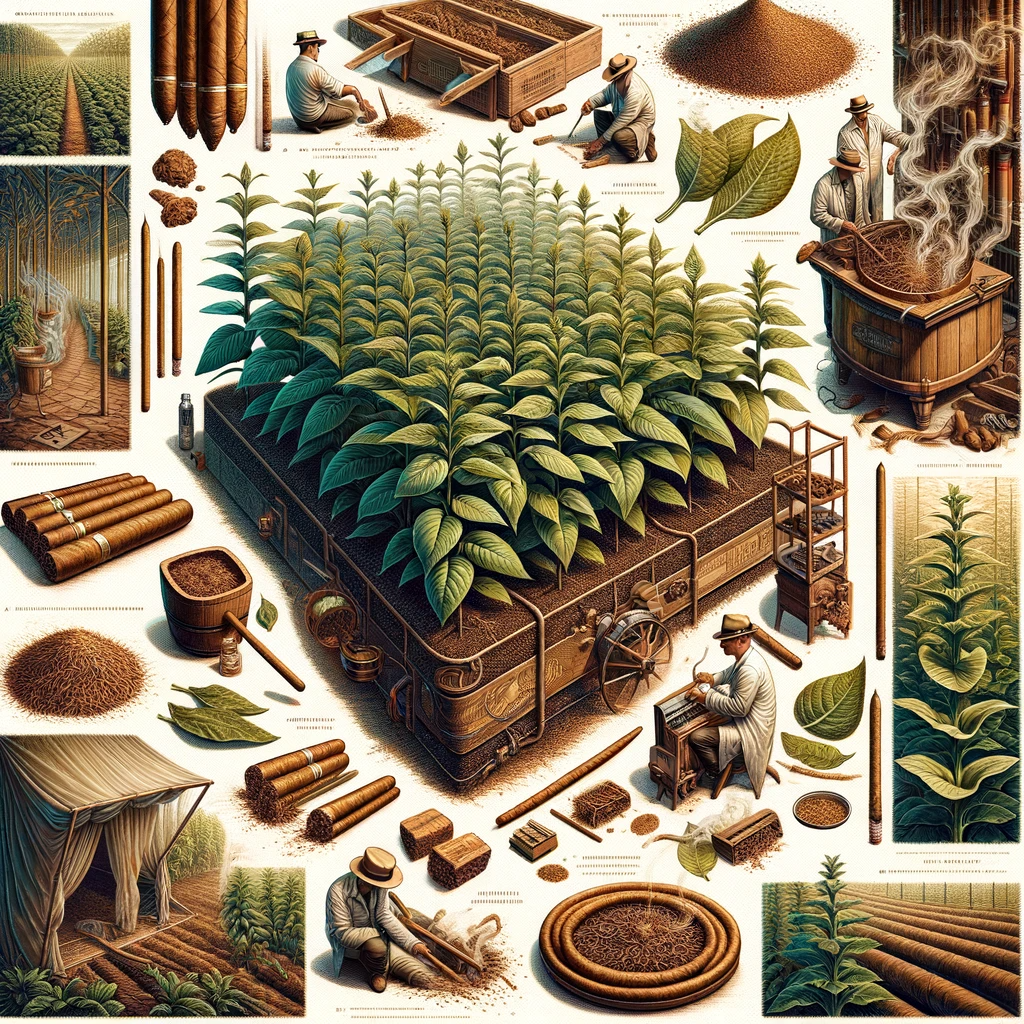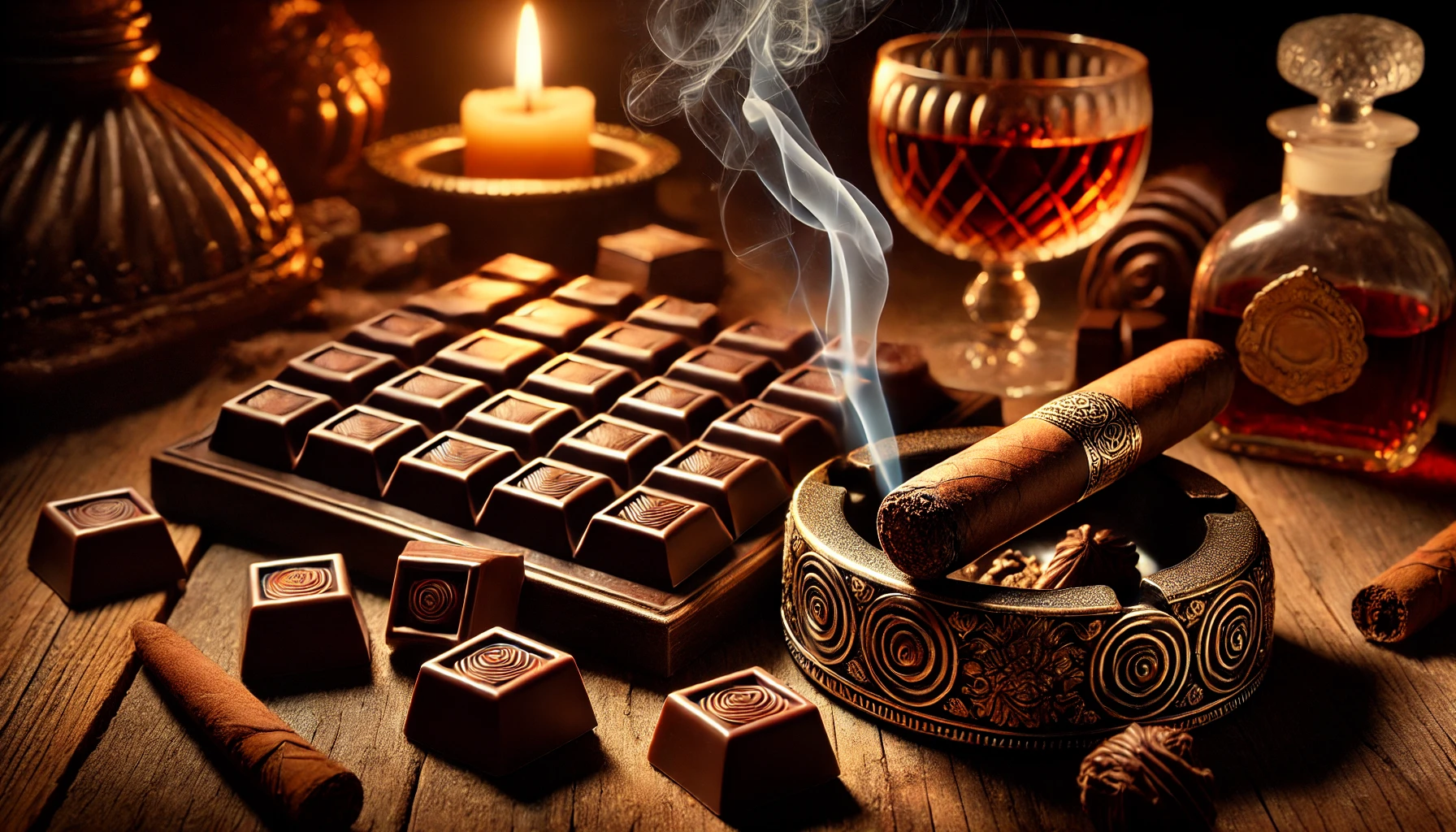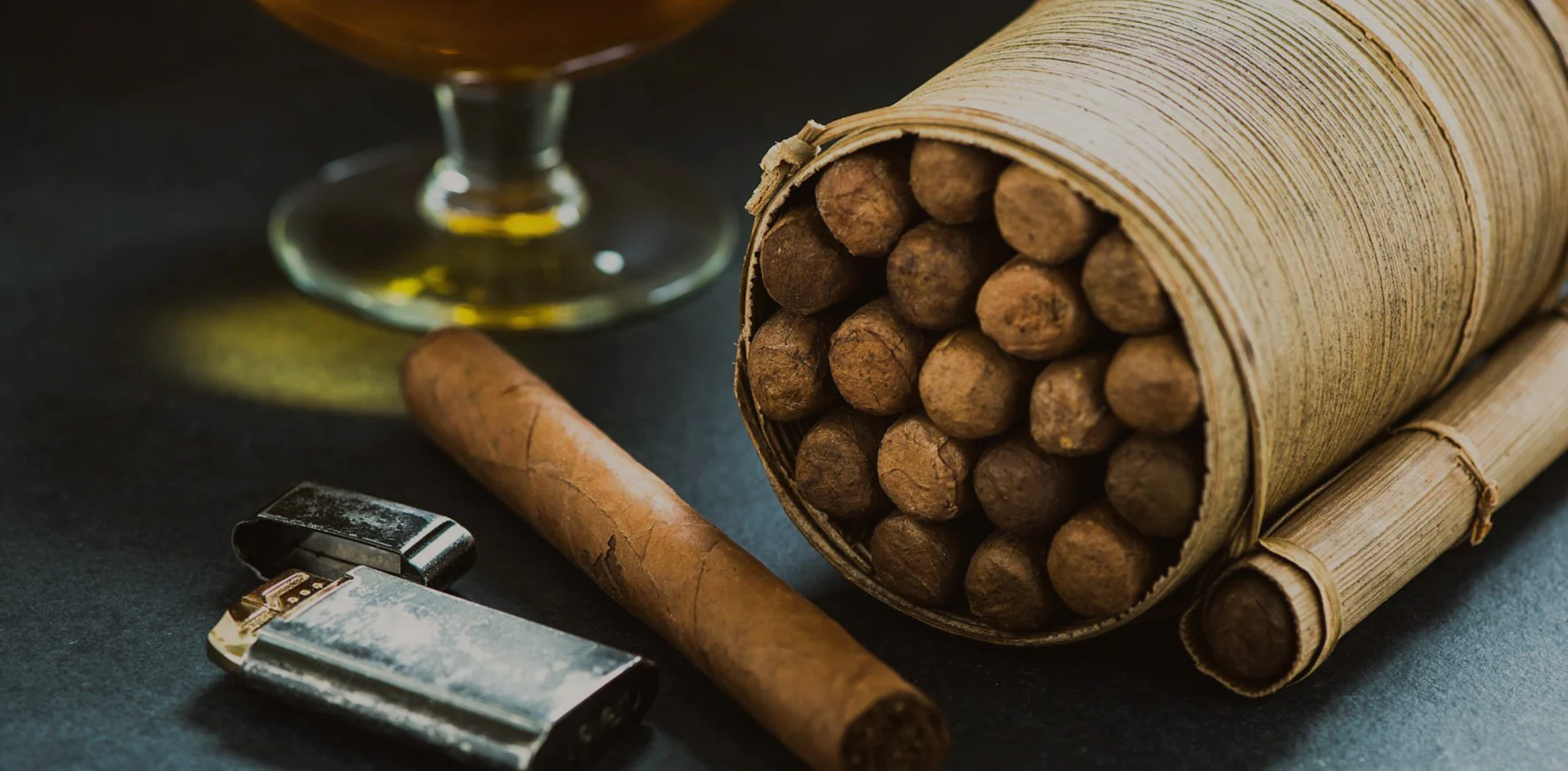The Foundations of Tobacco Cultivation for Cigars
The cultivation of tobacco plants for cigar manufacturing is an art, combining tradition, expertise, and precision. Each step, from selecting seeds to harvesting leaves, plays a crucial role in the final quality of the cigar.
Tobacco Varieties and Their Characteristics
There are several tobacco varieties, each with distinctive characteristics. Notable varieties include Corojo, Criollo, and Habano. These differ in taste, texture, and their ability to absorb and retain aromas during fermentation and aging. For instance, the Corojo is known for its robust flavor, while the Criollo offers a milder taste.
The Process of Cultivation and Harvesting
The cultivation of tobacco for cigars is a delicate process that requires attention and expertise. Plants are often grown under cloths to protect them from direct sunlight. Harvesting is done leaf by leaf, based on maturity, to ensure optimal quality. Brands like Partagás and Cohiba are known for their meticulous cultivation practices.
Fermentation and Aging: Key Stages
After harvesting, tobacco leaves undergo a fermentation process. This step is vital for developing flavors and reducing bitterness. Aging is also crucial, as it refines the aromas and produces superior quality tobacco. The fermentation process of brands like Montecristo and Romeo y Julieta is renowned for enhancing the complexity of flavors.
Conclusion
Cigar plants are the foundation of every cigar tasting experience. Understanding the different aspects of their cultivation helps to appreciate the complexity and richness of flavors that these carefully cultivated leaves bring to each cigar.










